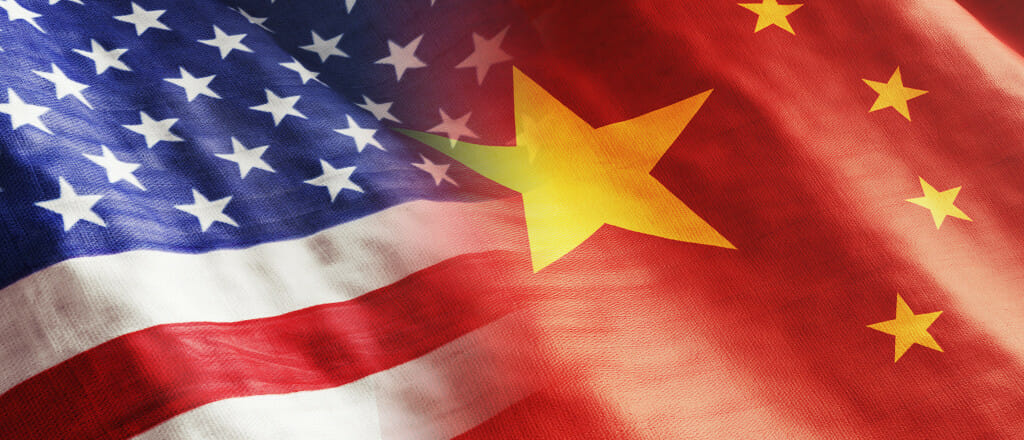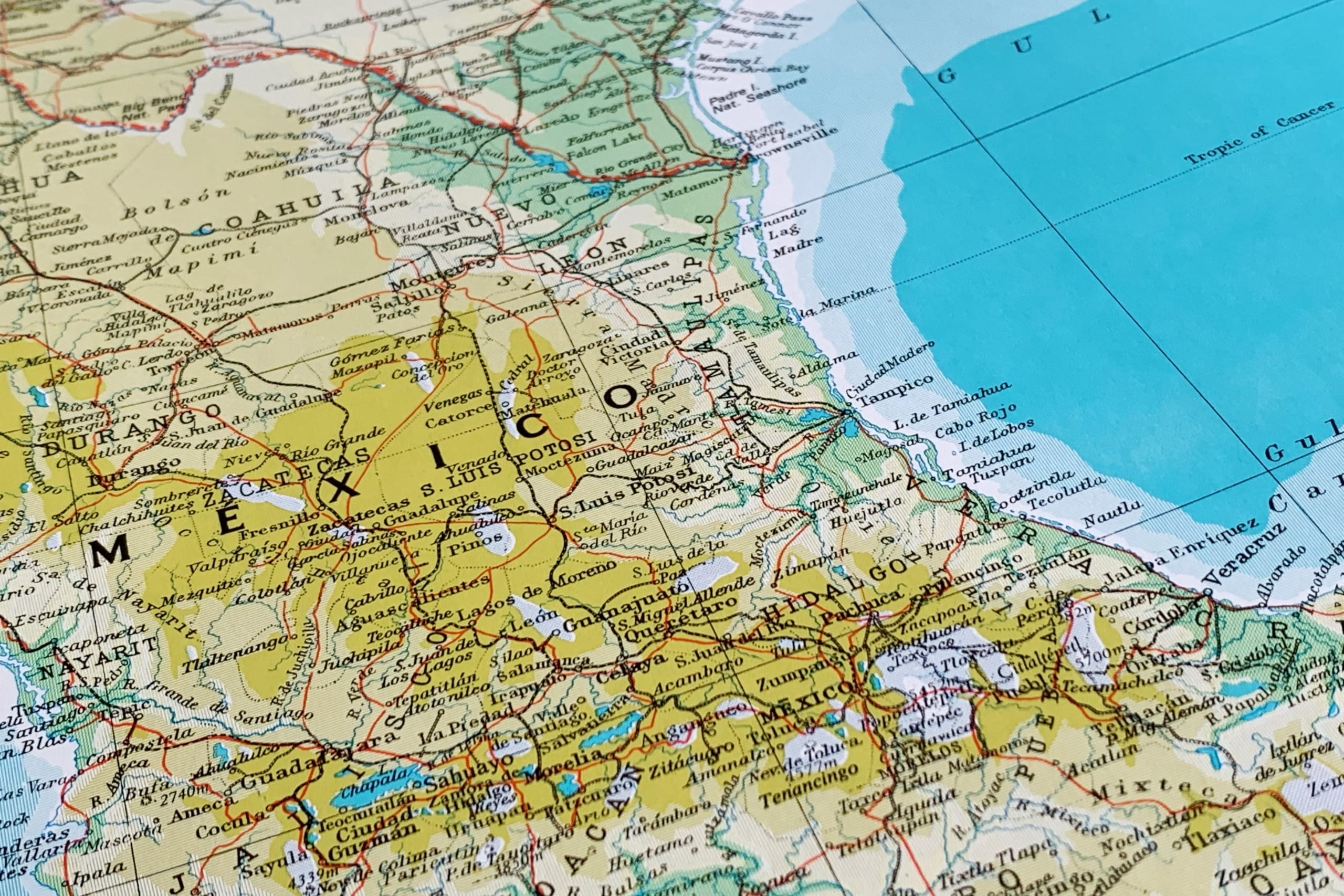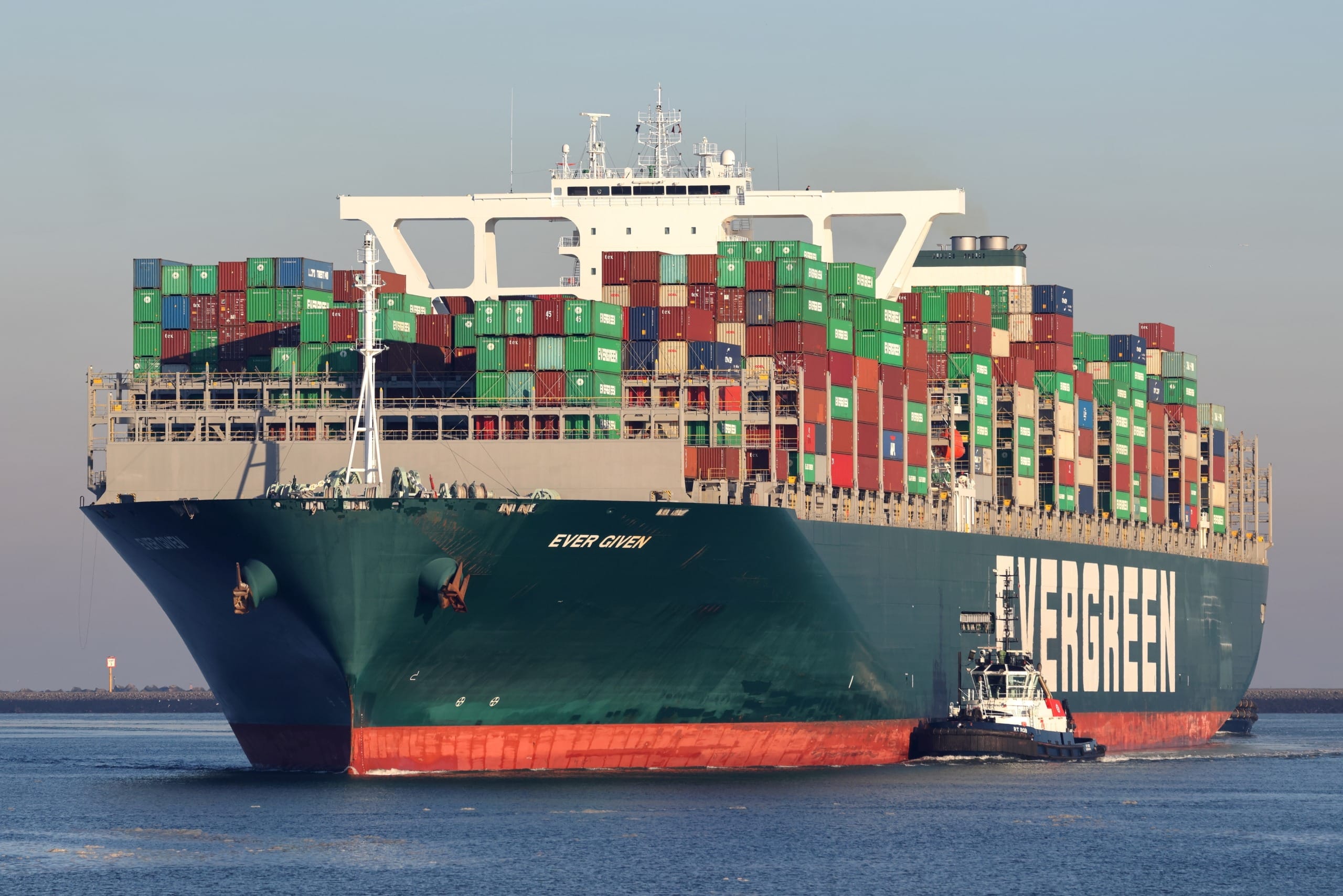
We continue to hear about the dynamics affecting China’s place as factory to the world. Increased labor costs, currency fluctuations, and shipping cost increases have affected decisions about whether or not offshoring strategy makes sense. Certainly there are products that simply aren’t feasible for contract manufacturing scenarios. Here are the top five reasons China is still an ultimate destination for products that are highly labor intense or are in the startup phase.
Labor vs Other Countries
Labor costs may be up to 30% lower in other countries like Viet Nam and India. However this is offset by superior supply chain advantages such as roadways and utilities. Skill levels are also higher thanks to Western training and a little osmosis over the past 15 years. This means China’s productivity continues to rise other countries in Asia are less efficient overall.
Flexibility
Because China’s manufacturing base tends to be cellular, meaning a production or assembly line can be producing one thing today and another tomorrow, China workers are frequently adaptable to ever changing tasks. Much of this can be attributed to the highly seasonal nature of Western retail needs such as Christmas lights or plush toys. China also presents many options for qualified suppliers whose initial minimum order quantities are less than traditional manufacturers. Often a China manufacturer will begin with molds having less cavitation than is generally required until volumes reach a critical mass. This all translates into less startup cost, quicker return on investment and greatly reduced risk.
Availability of Materials and Manufacturing
Because China now makes a fifth of the world’s manufactured goods, there is a ready source of supply for various components, parts and necessary materials. China is also home to thousands of industrial parks thanks to investment by not only the Chinese government but also foreign direct investment by Western firms. Shanghai and Guangzhou are known manufacturing hubs and have some of the heaviest investment and infrastructure along with some of the largest workforces in the country. Special Economic Zones created by the PRC have attractive tax incentives for FDI and are given more independence on international trade and economic activities.
China Innovation and Investment
Because as we mentioned China’s skill levels have vastly improved, China is now focusing more on innovation and creative manufacturing practices. Also, with labor increases have come increased capital investment in the form of automation—something that used to be last resort if a task or function could be completed manually. So what does this all mean?
Ideal Product Development
China continues to be an ideal partner for new product developers and innovators. While labor costs have increased over the past five years, China’s productivity has increased tenfold. China offers the flexibility required to take on a variety of new projects and with lower minimum order quantities. There is a steady supply chain for materials and different manufacturing services and China continues to invest in technology, facilities and innovation. While China may not be suitable for some manufacturing due to increasing freight costs and currency fluctuations, every project must be carefully weighed and evaluated on its own merit.



Follow Us